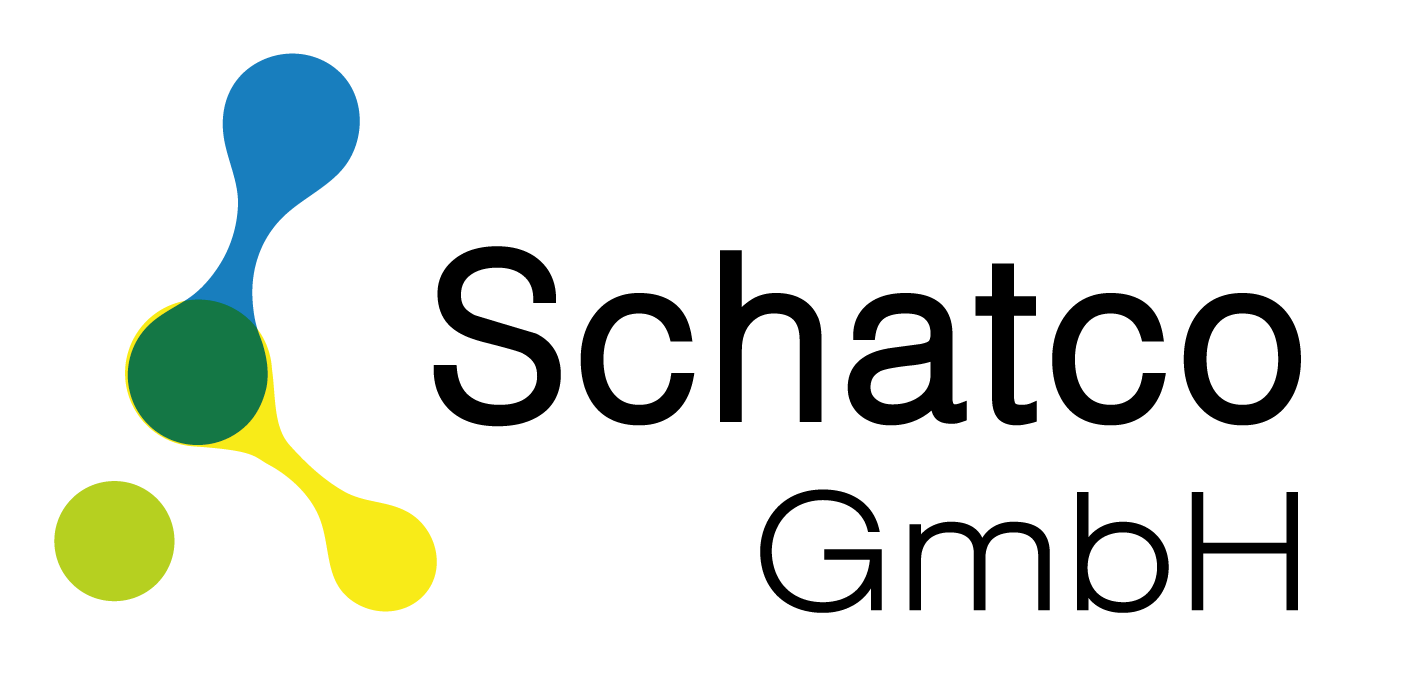A neutral polymer based agent, which is added to the system to prevent the formation of sediment in seawater and brackish water reverse-osmosis plants or thermal desalination units. This high-performance product inhibits precipitation of fine suspended particles and potential scale’s nucleus.
Features
- High inhibitory power for calcium carbonate, calcium sulfate, strontium and barium and calcium fluoride
- High dispersing effect on suspended particles
- Compatible with oxidizing materials, suitable for a wide range of operating temperature and pH
- Compatible with dispersants and anionic polyelectrolytes
An agent for corrosion control of steel and copper alloys in aqueous systems such as cooling towers and boilers. This product, using a unique mechanism, prevents corrosion in severe conditions by dispersing suspended particles and preventing corrosion under the surface of the sediment and also by making a protective layer between the surface and water.
Biocide is used to prevent the growth of fungi, aerobic bacteria, anaerobic bacteria and algae in water treatment processes, especially in cooling systems. One of the most important advantages of this biocide is high stability and high performance of this material.
Features
- Extensive control of microbes, especially bacteria (aerobic) in a wide range of pH
- More stability than other oxidizing biocide (sodium hypochlorite) at high pH
- Compatible with other conventional chemicals in cooling water treatment, including antiseptic and anticorrosive
Fouling caused by settle able solids can be effectively controlled using dispersants. Dispersants can either be organic compounds or synthetic polymers. Unfortunately, organic compounds typically require large concentrations to be effective. Therefore, the most commonly used dispersants are synthetic polymers. Synthetic polymers come in various types, typically depending on the type of fouling being targeted.
- Low molecular weight anionic polymers are the most commonly used synthetic dispersants.
- Cationic amines are also used to control biological fouling.
- Nonionic polyacrylamides are used to disperse silt and clay.
RO desalination Membrane cleaners are consist of both high pH value (alkaline) and low pH value (Acidic), utilized to removal of colloidal materials and organic, insoluble sulfates in Calcium, Barium and Strontium acids and Calcium fluoride as well as inorganic scales (Hydroxides, calcium carbonate), iron scales and wide range of inorganic salts formed on polyamide membranes and RO’s acetate cellulose and Nano filtration (NF). Anionic surfactant used in this product is used to remove colloidal particles and biological materials such as biofilms from reverse osmosis membranes.











